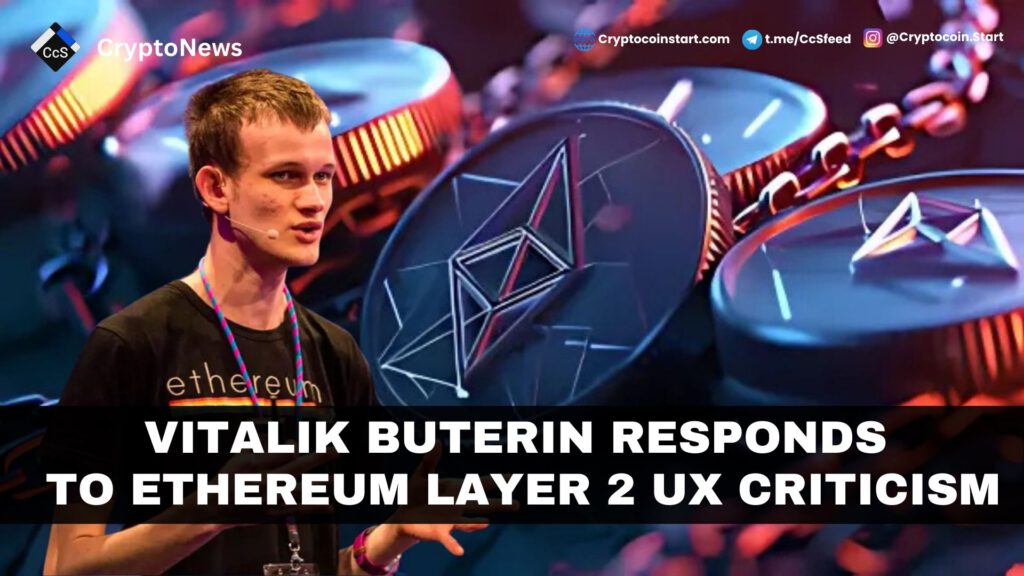
Building Ethereum’s Future
Camila Russo, the founder of DeFi media platform The Defiant, criticized the user experience of Ethereum Layer 2, describing it as “painful” and “difficult to use” for newcomers. In his response, Buterin acknowledged the challenges while stressing the need to shape a better future for the Ethereum ecosystem.
Buterin highlighted that achieving seamless interaction between Layer 2 solutions is possible through technical innovations and community coordination. His vision includes:
- Standardized network addresses
- Streamlined payment requests
- Enhanced wallet functionalities
These elements aim to eliminate the disparities between Ethereum’s Layer 1 experience and its Layer 2 solutions, making the ecosystem more cohesive.
Ethereum’s “Surge” Strategy
In a blog post titled The Surge, Buterin outlined a comprehensive scaling strategy that incorporates both sharding and Layer 2 protocols. This strategy aims to:
- Maintain Ethereum’s resilience and decentralization
- Target a processing capacity of 100,000 transactions per second
Buterin also noted that improvements to the gas fee structure would significantly enhance transaction speeds on the Ethereum network. His ongoing updates reflect a commitment to shaping a more robust Ethereum ecosystem.
Key Initiatives Under “The Surge”
Under the “Surge” roadmap, Buterin has introduced several important initiatives, including:
- EVM Optimization: Enhancements to the Ethereum Virtual Machine to improve performance.
- Security Enhancements: Measures designed to bolster the security of the network.
These efforts are expected to contribute significantly to making the Ethereum ecosystem more user-friendly and integrated.
Addressing Existing Issues
Despite the optimism surrounding future developments, Russo pointed out that existing issues within the Ethereum ecosystem cannot be ignored. She emphasized that:
- Cross-ecosystem coordination needs improvement
- Addressing Layer 2 chaos would enhance ecosystem integrity
By improving these areas, the user experience can become smoother and more accessible for all users.
Buterin’s Vision for a Unified Ecosystem
Buterin’s vision aims to provide a consistent experience across all layers of Ethereum, facilitating broader adoption among a wider audience. By enhancing the user experience, Ethereum can reduce its dependency on centralized components, thereby increasing its overall reliability.
Numerous innovative steps are already in motion to advance existing structures. For instance, embedded bridging strategies developed by platforms like Uniswap are set to play a crucial role in this transformation.
Conclusion
In summary, Vitalik Buterin’s response to the criticisms surrounding Ethereum Layer 2 user experience underscores a commitment to innovation and improvement. By focusing on future-oriented solutions and fostering community collaboration, the Ethereum ecosystem can evolve into a more unified and user-friendly environment.
As Buterin and other developers continue to refine the Ethereum landscape, the potential for increased adoption and enhanced user experiences remains strong. The ongoing dialogue about these challenges and solutions is vital for the future of Ethereum and its community.

